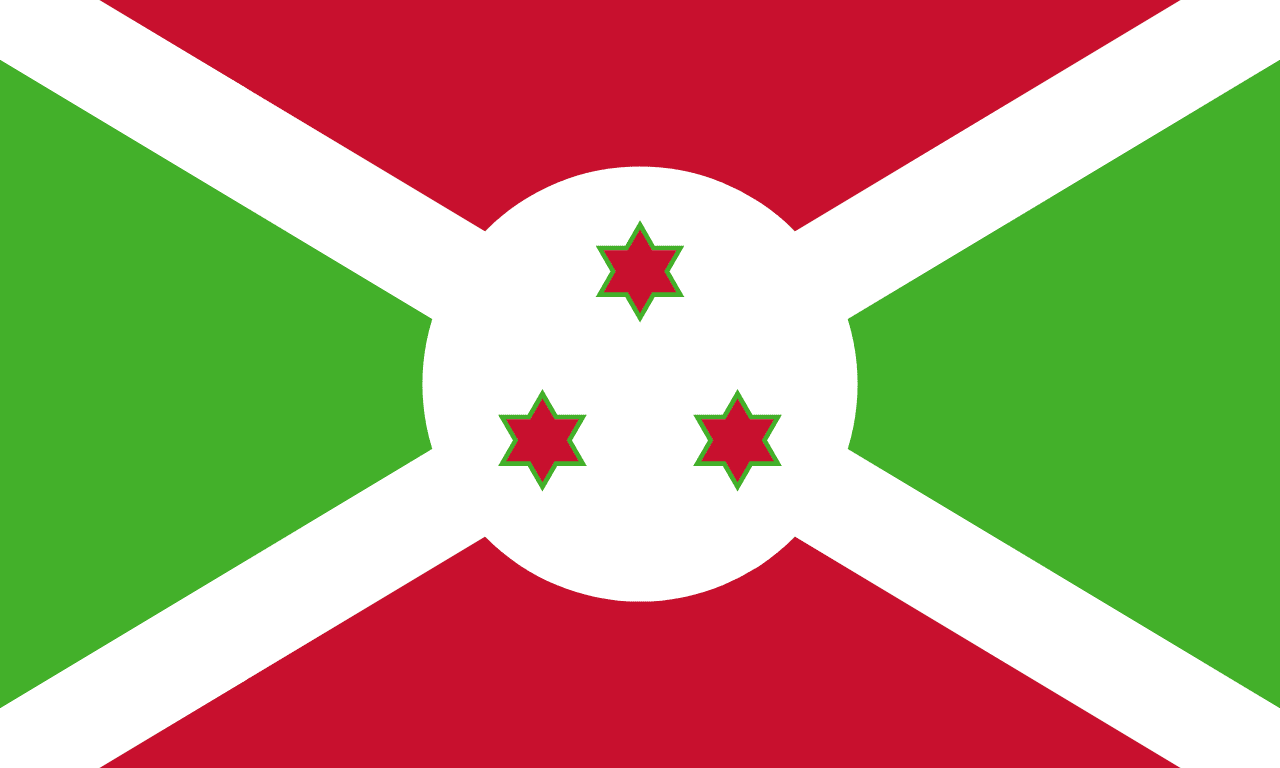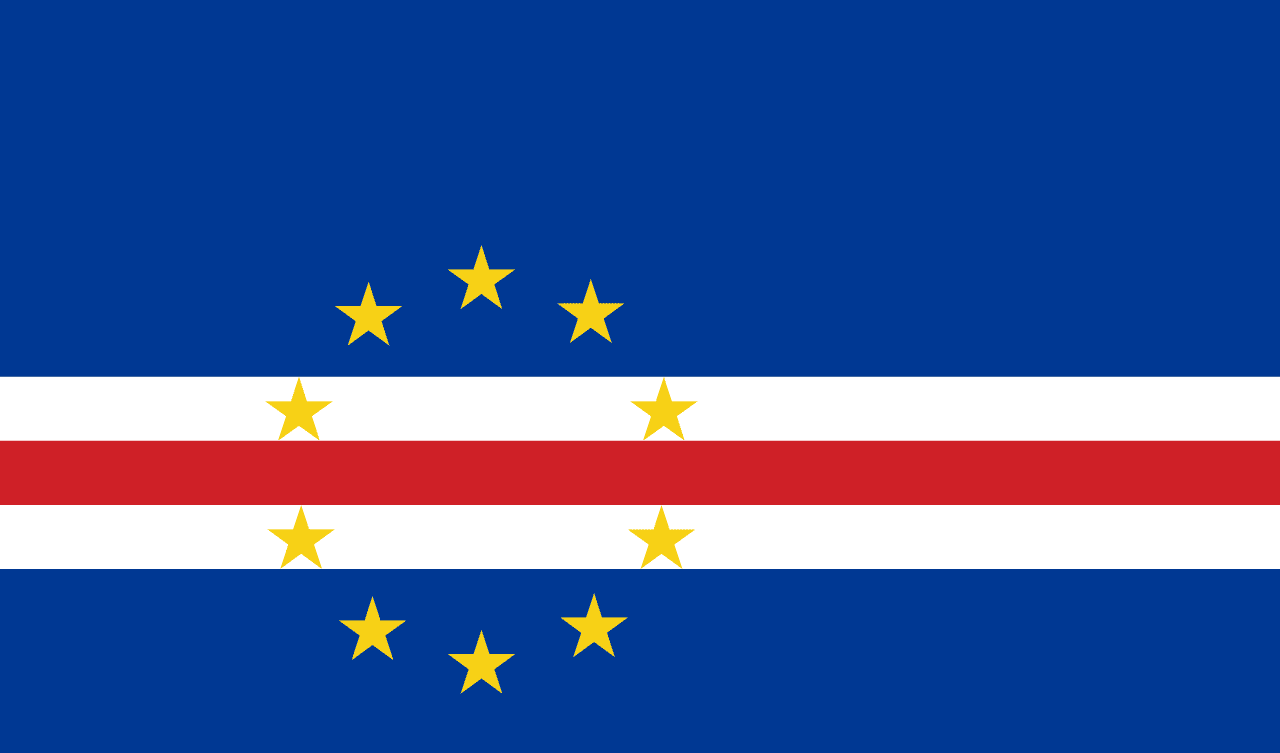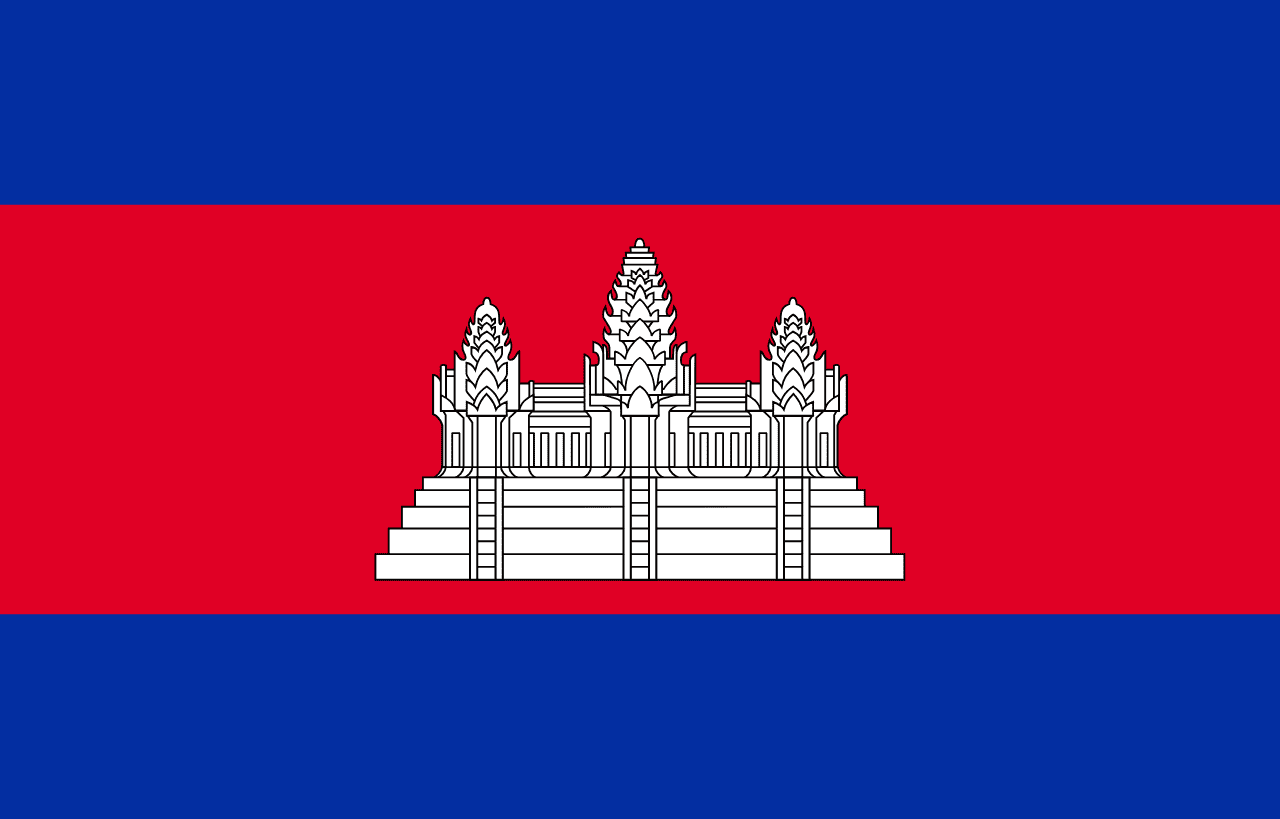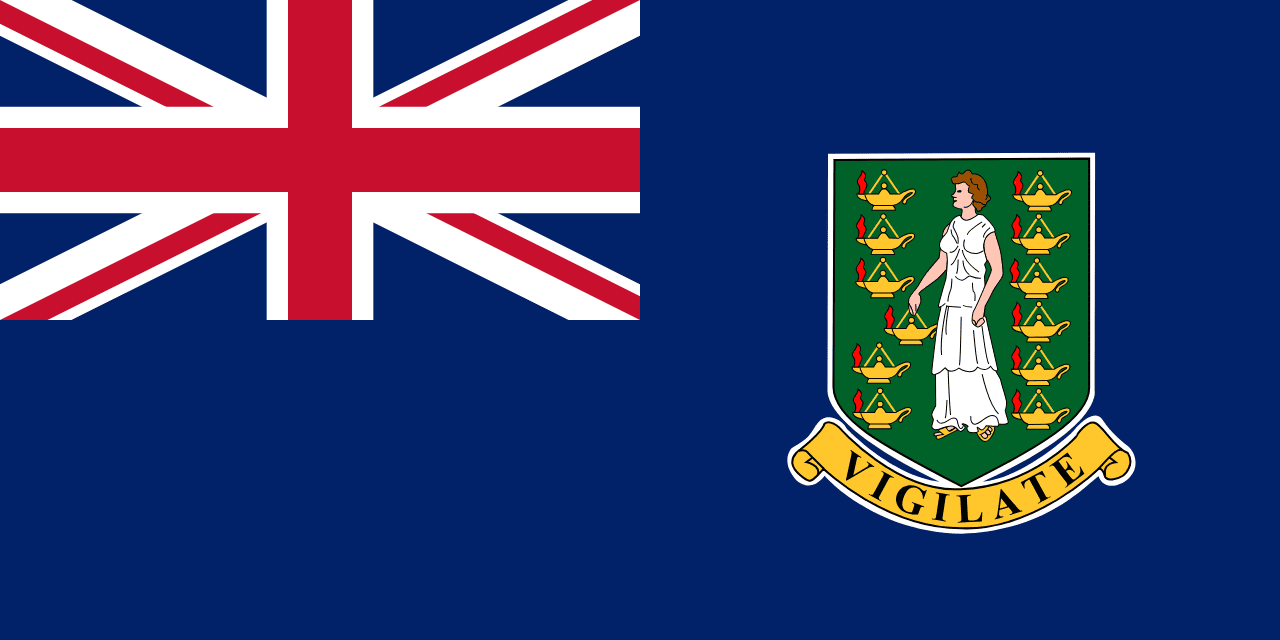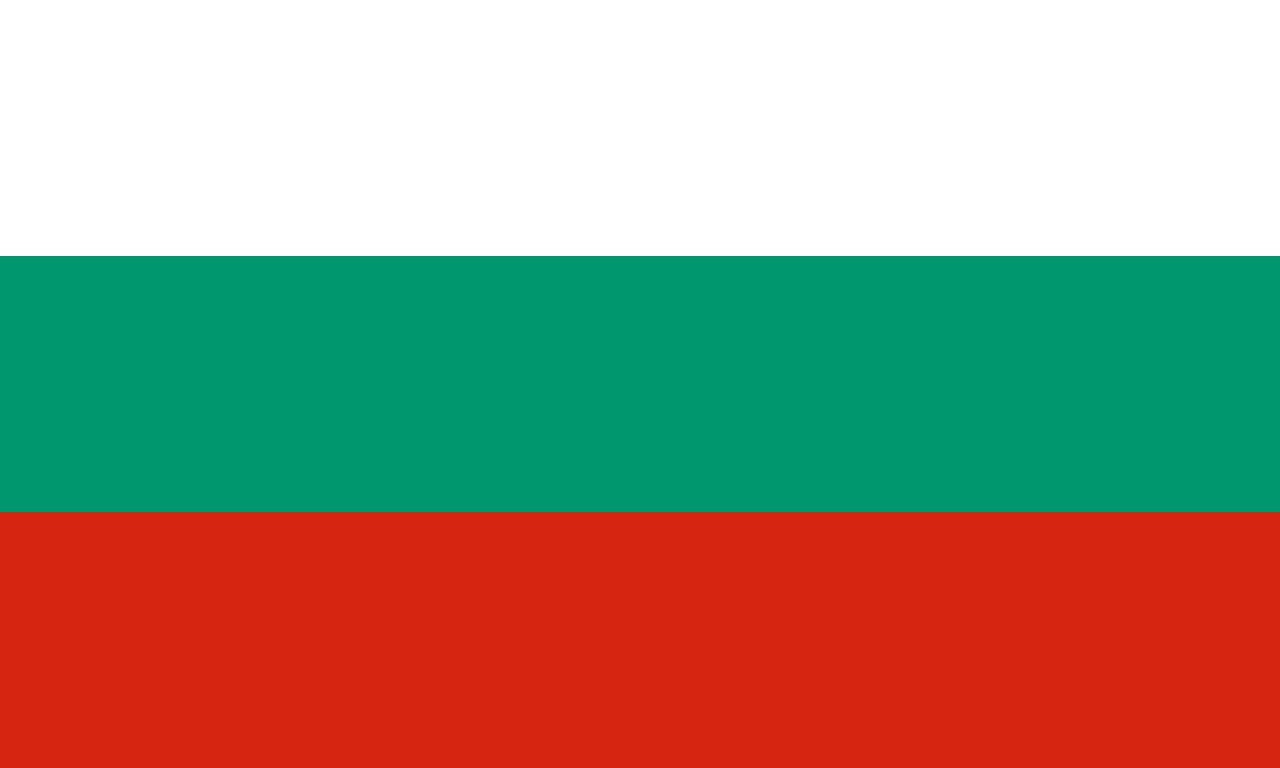The flag of Burkina Faso is a powerful symbol of the nation's revolutionary history, cultural identity, and aspirations for the future. It consists of two equal horizontal bands: red on top and green on bottom, with a yellow five-pointed star centered in the middle.
Burkina Faso information
| National Flag Day | August 4 |
| Sovereign state | Yes |
| Official name | Burkina Faso |
| Capital | Ouagadougou |
| Population | 23,182,000 |
| Area | 274,200 km² |
| Currency | West African CFA franc (XOF) |
| Language | French, Mossi, Dioula |
| Continent | Africa |
| Region | West Africa |
| Subregion | — |
| Borders | Benin, Ivory Coast, Ghana, Mali, Niger, Togo |
| Timezone | Greenwich Mean Time (GMT) UTC+0 |
| Calling code | +226 |
| Top-level domain | .bf |
History of the Burkina Faso Flag
 The current flag of Burkina Faso was adopted on August 4, 1984, following a revolution led by Thomas Sankara that transformed the country, then known as Upper Volta, into Burkina Faso. The name "Burkina Faso" means "Land of Incorruptible People" in the languages of the country's two largest ethnic groups.
Prior to 1984, the country used a flag with three horizontal stripes of black, white, and red, representing the three main branches of the Volta River. The radical change in the flag design symbolized a complete break from the colonial past and the beginning of a new era for the country.
The current flag of Burkina Faso was adopted on August 4, 1984, following a revolution led by Thomas Sankara that transformed the country, then known as Upper Volta, into Burkina Faso. The name "Burkina Faso" means "Land of Incorruptible People" in the languages of the country's two largest ethnic groups.
Prior to 1984, the country used a flag with three horizontal stripes of black, white, and red, representing the three main branches of the Volta River. The radical change in the flag design symbolized a complete break from the colonial past and the beginning of a new era for the country.
Symbolism and Design of the Burkina Faso Flag
The flag's design is laden with symbolism reflecting Burkina Faso's revolutionary spirit and aspirations:
- The red stripe symbolizes the revolution and the blood of those who fought for the country's independence and progress.
- The green stripe represents the country's abundant natural wealth, particularly its agricultural resources, and hope for a prosperous future.
- The yellow star in the center symbolizes the guiding light of the revolution and the country's bright future. It also represents the country's mineral wealth, particularly gold.
Usage and Significance of the Burkina Faso Flag
 The flag of Burkina Faso is a source of national pride and identity. It is prominently displayed on government buildings, schools, and during official ceremonies and national celebrations. Key occasions for flag display include:
The flag of Burkina Faso is a source of national pride and identity. It is prominently displayed on government buildings, schools, and during official ceremonies and national celebrations. Key occasions for flag display include:
- Independence Day (August 5), commemorating the country's independence from France in 1960
- Revolution Day (August 4), marking the 1983 coup that brought Thomas Sankara to power
- Republic Day (December 11), celebrating the proclamation of the republic in 1958
Interesting Facts About the Burkina Faso Flag
- The flag was designed to reflect the revolutionary change in the country's political landscape under Thomas Sankara's leadership.
- The name "Burkina Faso" itself is a combination of words from two of the country's major native languages: "Burkina" means "men of integrity" in Mossi, while "Faso" means "fatherland" in Dioula.
- The flag's design underwent slight modifications in 1997 to optimize its proportions, but its basic elements remained the same.
- The yellow star on the flag is sometimes interpreted as a symbol of the unity of the nation's people.
- The flag's colors are widely used in Burkinabé art, fashion, and cultural expressions, reflecting its deep integration into national identity.
